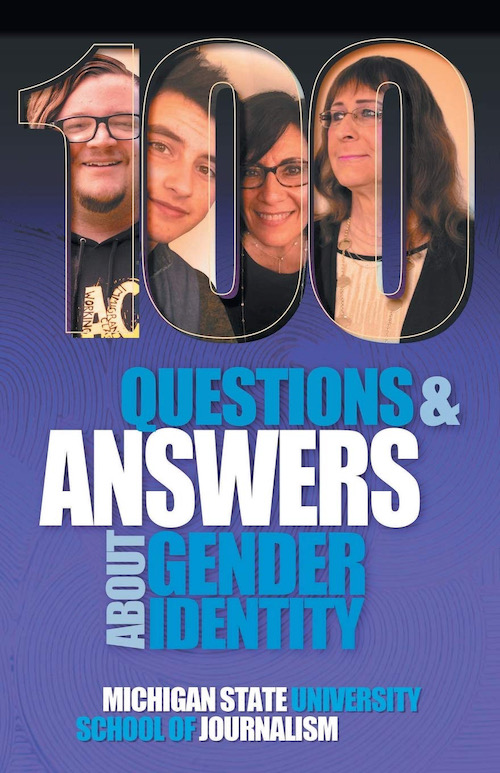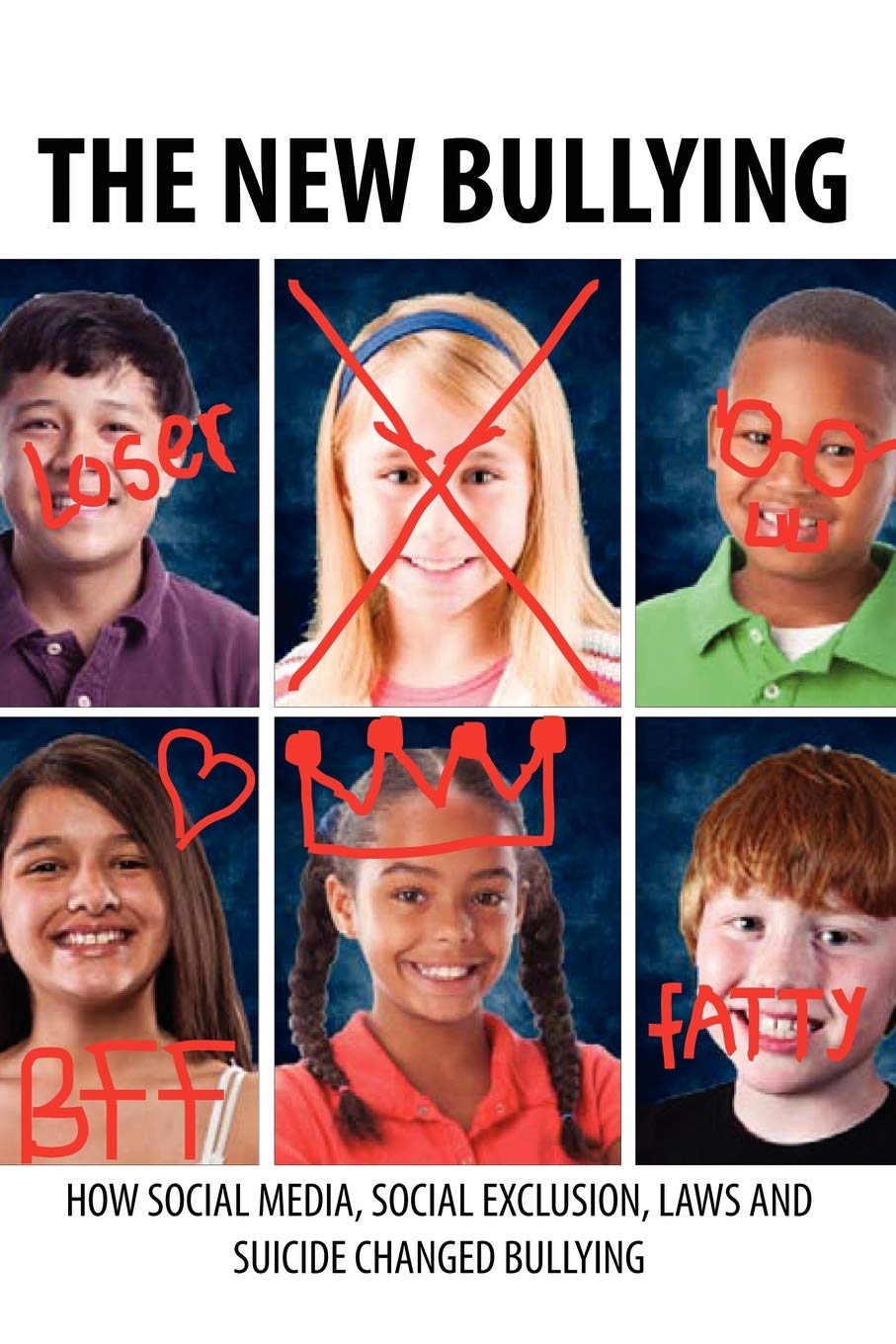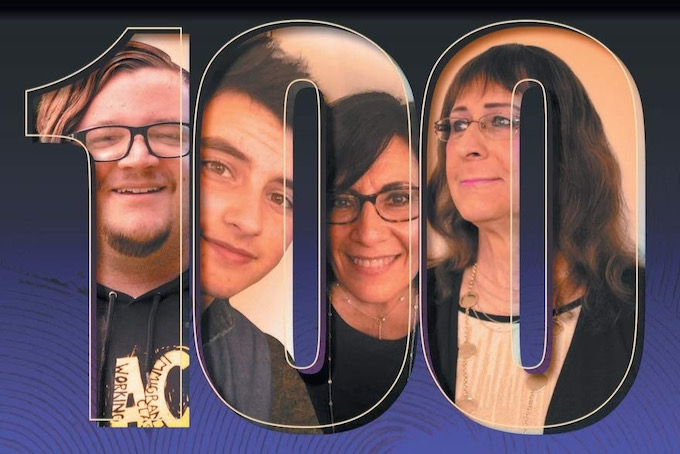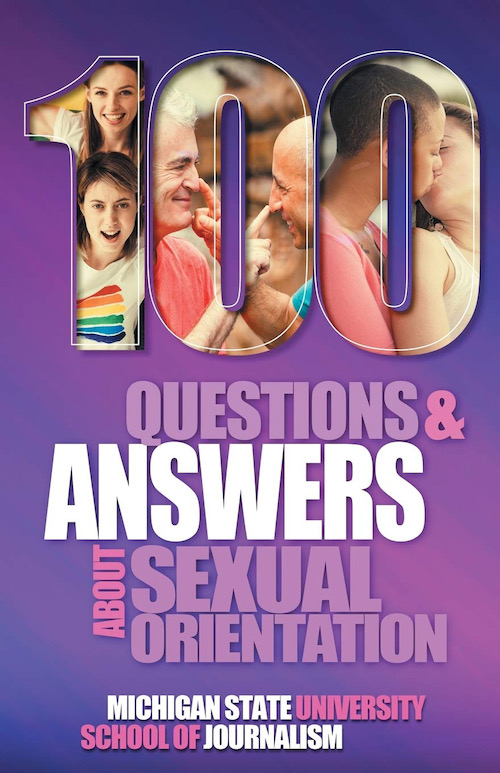 In a rising tide of hate crimes—
In a rising tide of hate crimes—
Our authors are publishing, teaching and speaking out for equality and inclusion
.
(EDITOR’s NOTE: Special thanks to MSU School of Journalism Professor Joe Grimm for writing about this alarming new report on the steep rise in hate crimes among our most vulnerable young people. Joe is one of many authors in our publishing community concerned about equality and inclusion. Right now, for example, Christian ethicist Dr. David Gushee is preparing to deliver the April 14 keynote at the Parent & Family Summit—”Interwoven: Uniting Kids, Parents and Community.” Follow that link to learn more about the event, which you could attend online.)
.
By JOE GRIMM
Founder of the MSU School of Journalism Bias Busters
Hate crimes against gay and transgender students are way up, especially in states with laws against transgender rights or teachers’ speech about gender and sexuality, according to The Washington Post. And the crimes are not up by just a little.
FBI statistics on anti-LGBTQ+ school hate crimes doubled from 2015-2019 to 2021-2022. But in the 28 states with new anti-LGBTQ+ laws on the books, such crimes quadrupled, The Post reported.
FBI stats show the most common crimes associated with LGBTQ+ school hate crimes are simple assault, intimidation and vandalism. Forms of bullying, which are lower on the aggression scale, might not rise to the level of being a crime. Recently, however, news stories have linked bullying of LGBTQ+ students to suicide.
On March 13, a summary autopsy report said Oklahoma high school student Nex Benedict died by suicide after being bullied in a restroom at their school because they did not identify as strictly male or female. The Washington Post report came out against that backdrop.
The Post looked at laws that bar students from sports teams or school restrooms that differ from the gender they were assigned at birth. Other laws limit or forbid teachers from talking about gender identity or sexual orientation.
How are state laws related to bullying?
 The Post quoted Amy McGehee, an Oklahoma State University doctoral student who researches LGBTQ+ health and well-being. She said, “Policy sets the tone for real-world experiences [and] discriminatory policy just creates a hostile environment.”
The Post quoted Amy McGehee, an Oklahoma State University doctoral student who researches LGBTQ+ health and well-being. She said, “Policy sets the tone for real-world experiences [and] discriminatory policy just creates a hostile environment.”
The Post also quoted California high school student Max Ibarra, who identifies as nonbinary and transgender: “The school board has made it very clear we’re not welcome here. It’s very clear they don’t want us to exist.”
3 Valuable Books to Help Change Community Thinking
The Michigan State University Journalism School’s Bias Busters series has three guides that address basic questions for people who seek greater understanding.
One book is titled: “100 Questions and Answers About Gender Identity”
Here’s an example of a common question we ran into for that guide:
Do all transgender people have gender-confirming surgery?
The answer:
Most do not. According to the U.S. Transgender Survey, only 25 percent of respondents said they had some type of gender-confirming surgery. Transgender men were more likely than transgender women to have had surgery, 42 percent to 28 percent. Nine percent of nonbinary people have had surgery. Fourteen percent of transgender women and 21 percent of transgender men said they never wanted surgery. Surgery is expensive and insurance doesn’t always cover it. Even if a transgender person does not have or want surgery, their identity is still valid.
 A second book is titled: “100 Questions and Answers About Sexual Orientation” https://www.amazon.com/Questions-Orientation-Stereotypes-Surrounding-Sexualities/dp/1641800275
A second book is titled: “100 Questions and Answers About Sexual Orientation” https://www.amazon.com/Questions-Orientation-Stereotypes-Surrounding-Sexualities/dp/1641800275
And a third closely related book is: “The New Bullying: How social media, social exclusion, laws and suicide have changed our definition of bullying, and what to do about it”
.
Joe Grimm is an MSU journalism professor and founder of the series.


